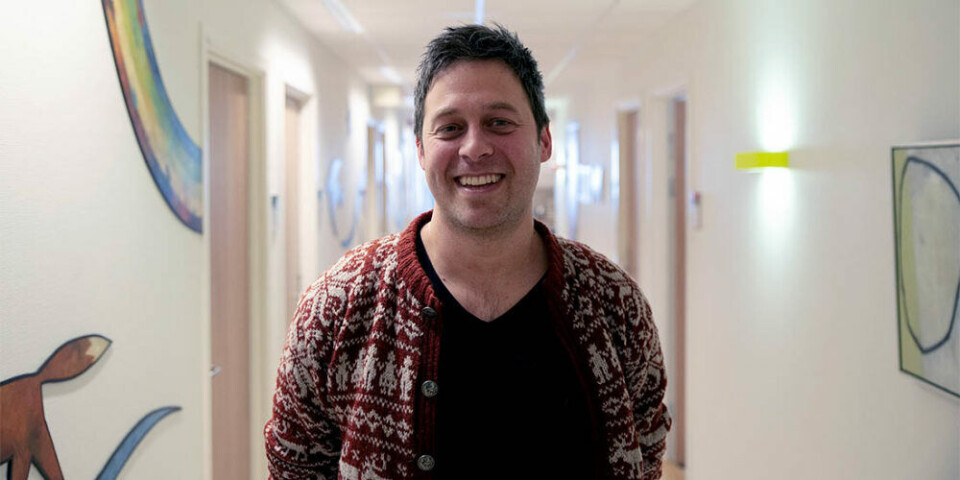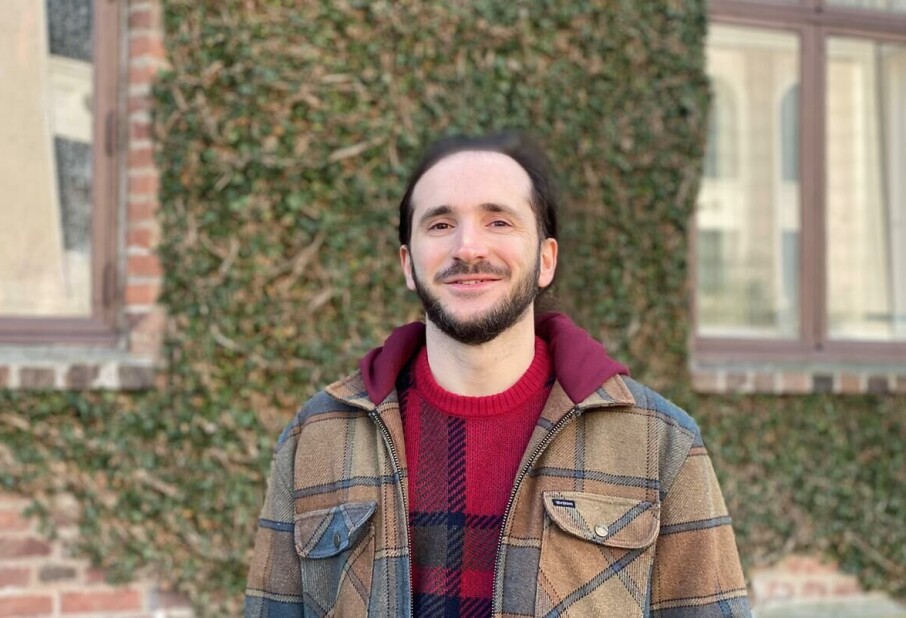THIS CONTENT IS BROUGHT TO YOU BY NTNU Norwegian University of Science and Technology - read more
Remarkable results in treating panic disorder: Treatment has a strong long-term effect
A four-day treatment method for panic disorder has shown excellent results. Patients improve quickly after therapy.

Panic attacks can be extremely unpleasant and can cause intense fear. If you experience such attacks regularly, professionals call it panic disorder.
A method to treat the disorder was developed some time ago in Bergen. It lasts four days and has been named the Bergen 4-Day Treatment (B4DT) .
Previous research has confirmed that this treatment is a good method to quickly help patients with panic disorder. One week after treatment, almost 90 per cent of patients experience a clear improvement.
But what about the long-term effect? New research has good news to report.
Amazing results
“It turns out that the improvement not only persists, but it actually gets stronger over time for many,” says Kristen Hagen, a psychologist and associate professor at NTNU.
Hagen is the project manager of two studies recently published in BMC Psychiatry.
“With long-term follow-up, patients report that they feel even better than immediately after therapy and at the follow-up three months after. The fact that patients get even better over time is simply remarkable,” he says.

The studies also show that the treatment not only reduces panic disorder symptoms, but also symptoms of general anxiety and depression.
Hagen says that despite the good results, they need to be confirmed with a larger number of patients.
How the treatment works
Instead of dragging the treatment over many weeks, the B4DT method is carried out intensively over four days in the same week.
Three to six patients meet in a group, with a corresponding number of therapists.
The patients receive tailored treatment where they practice confronting symptoms, situations, and situations that can trigger anxiety. These situations are often ones the patient has avoided for a long time.
In this therapy, patients face the difficult situations in a different and more effective way. This gives patients insight into the fact that it is the panic disorder, and not real threats, that has caused them to fear these situations.
Almost nine out of ten patients report great improvement with this method. They have minimal symptoms and function relatively well in everyday life afterwards.
The method was originally developed to treat obsessive-compulsive disorder (OCD), but has been adapted to treat other mental health problems such as panic disorder.
References:
Eide et al. The bergen 4-day treatment for panic disorder: a longer-term follow-up, BMC Psychiatry, vol. 25, 2025. DOI: 10.1186/s12888-025-06527-7
Eide et al. The Bergen 4-Day Treatment for panic disorder patients in a rural clinical setting: a long-term follow-up study, BMC Psychiatry, vol. 25, 2025. DOI: 10.1186/s12888-024-06445-0
———
Read the Norwegian version of this article on forskning.no
More content from NTNU:
-
Researchers have uncovered major problems in Norway's salmon industry
-
Why ChatGPT is bad at imitating people
-
Outer space has a trash problem, according to researchers
-
These researchers want quantum computers that work properly
-
If you can hear your neighbour snoring, there’s something wrong with the building you live in
-
The spiders that eat stars, and the researchers who catch them





































